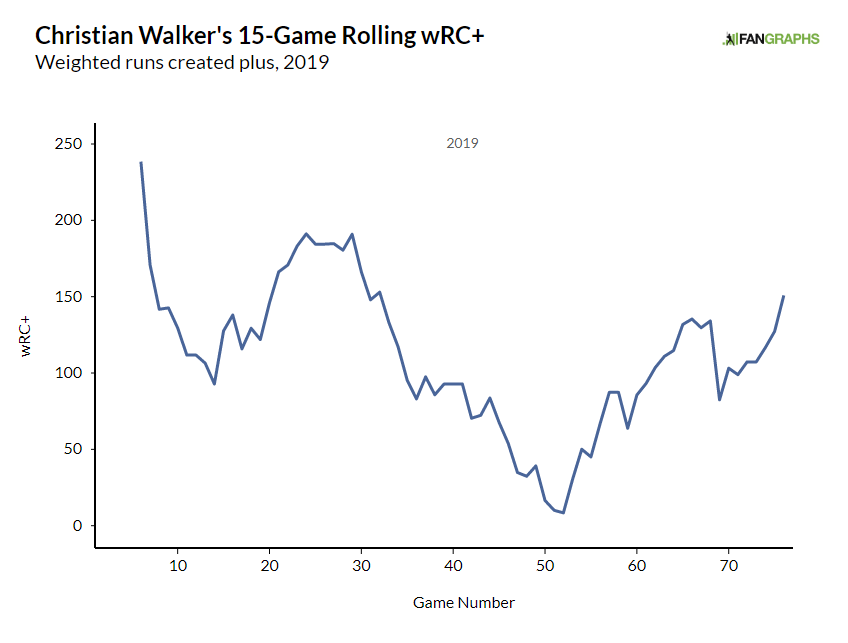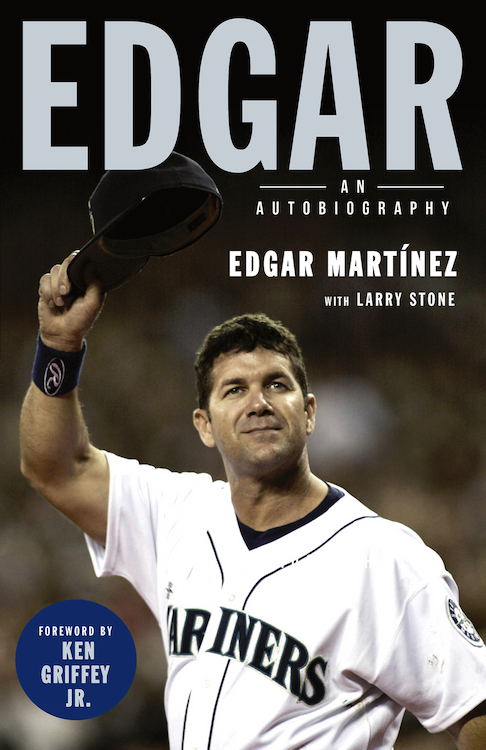July is upon us, and with it comes a new signing period for international amateur players. Over on THE BOARD, we’ve added rankings and reports on the players we consider to be the best in this year’s class, as well as the big league teams to which they’re tied.
We talked about the very top of the class at length back in February, headlined by Dominican CF Jasson Dominguez (expected to sign with the Yankees), who will go right onto our top 120 prospects in baseball. Other than late questions about Dominican LF Bayron Lora (a wrist injury may be the culprit, though it is unlikely to be a long term issue), and Venezuelan CF Yhoswar Garcia (who international personnel told us to remove from the list entirely due to age/identity issues that ultimately led to a year-long suspension), the top tier of players on our list hasn’t changed.
You’ll notice we don’t have projected bonuses on THE BOARD this year. We have some bonus amounts in the players’ scouting summaries, and we’ll add some only as they become official, but for player safety reasons, we decided to exclude all Venezuelan bonuses. Lots of the players from this class have already started playing baseball at their employer’s complex and are likely very safe, but any amount of risk that a teenager may be targeted because they have new money is too much.
Most of these deals were agreed to long before the players are technically eligible to sign, something that MLB seems eager to change by way of an International Draft, which we discussed at length on this podcast. Some players in this class agreed to deals two years ago and they’re so infrequently scouted or even seen once locked up, that the most up-to-date reports are often over a year old unless the signing team is our sole source. As you can surmise, lots of things can happen between ages 15 and 16, so our rankings for middle- and lower-tier players tend to be much more accurate after fall instructional leagues.
Even with early deals, there are still multiple teams with millions in uncommitted money (remember, each team’s bonus pool is now hard capped), some players who have yet to agree to deals, and perhaps even players who we don’t know about (often late-bloomers or late-defecting Cubans) and may become eligible to sign over the next 11 1/2 months. Teams can trade for additional bonus space to pursue these types of players outside of their assigned bonus pools. We anticipate some clubs will make a run at Cuban SS Yiddi Cappe, who is eligible to sign this year but has a $3.5 million deal for 2020, by trying to trade for enough pool money to make things interesting right now.
The Yankees did exactly this with Cuban SS Alexander Vargas last year. Vargas was set to sign with Cincinnati for $3 million next week, but the Yankees traded for enough pool space to lure him away with a $2.5 million deal last summer. If a team is unsuccessful in doing this (as a couple of clubs were when chasing Shohei Ohtani), they may end up spreading that money around to players in Asia (three Taiwanese players are referenced on our rankings), Mexico (a newly-opened market), or other less-scouted markets (for example, the Phillies signed Australian RHP Jake Gessner two weeks ago, before the last signing period closed).



